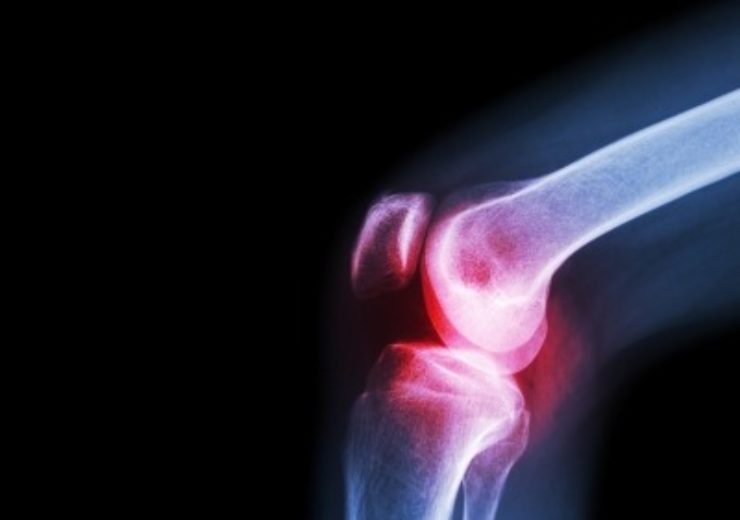Scientific studies featured at International Society for Technology in Arthroplasty Annual Meeting

Image: Exactech shows results of new research at ISTA congress in Toronto, Canada. Photo: Courtesy of stockdevil/FreeDigitalPhotos.net
Exactech, a developer and producer of innovative implants, instrumentation and computer-assisted technologies for joint replacement surgery, presented the results of ten new research studies highlighting the benefits of its knee and shoulder implants and supporting technology recently at the 2019 International Society for Technology in Arthroplasty (ISTA) congress in Toronto, Canada.
Two of three knee-related studies focused on early clinical results for the inaugural Truliant® total knee arthroplasty cases and postoperative outcomes with the Optetrak Logic® knee system for both men and women, while two of the seven Equinoxe®-related studies focused on machine learning programs’ accuracy in outcome prediction and intraoperative load sensors’ use in assessing shoulder stability.
“The results of the studies presented demonstrate great progress in the Exactech knee and shoulder lines,” said Richard Friedman, MD, FRCSC, of the Medical University of South Carolina, “Throughout the development of the Truliant and Equinoxe systems, our teams have maintained dedication to putting patients first and developing the joint replacement solutions surgeons need. It’s a privilege to have been able to share some of these key results at the congress.”
The first study, presented by Dr. Friedman, highlighted one-year clinical outcomes from the first Truliant primary cases, with satisfaction rates as high as 9.2 out of 10 and significantly higher scores in patient-reported outcomes and range of motion post-surgery. Meanwhile, another study of 458 total knee arthroplasty cases demonstrated that the Logic implants provided equivalent and significant postoperative improvement for men and women in both patient-reported outcomes and range of motion.
In the shoulder space, a study on machine learning highlighted a decision tree algorithm that predicted postoperative outcomes for both reverse total shoulder arthroplasty and anatomic total shoulder arthroplasty, with an accuracy of approximately 89.5%, and a study conducted using intraoperative load sensors in reverse total shoulder arthroplasty found that the sensors accurately quantified the joint load and provided value in assessing a shoulder’s stability when utilized during the trialing phase.
Source: Company Press Release
